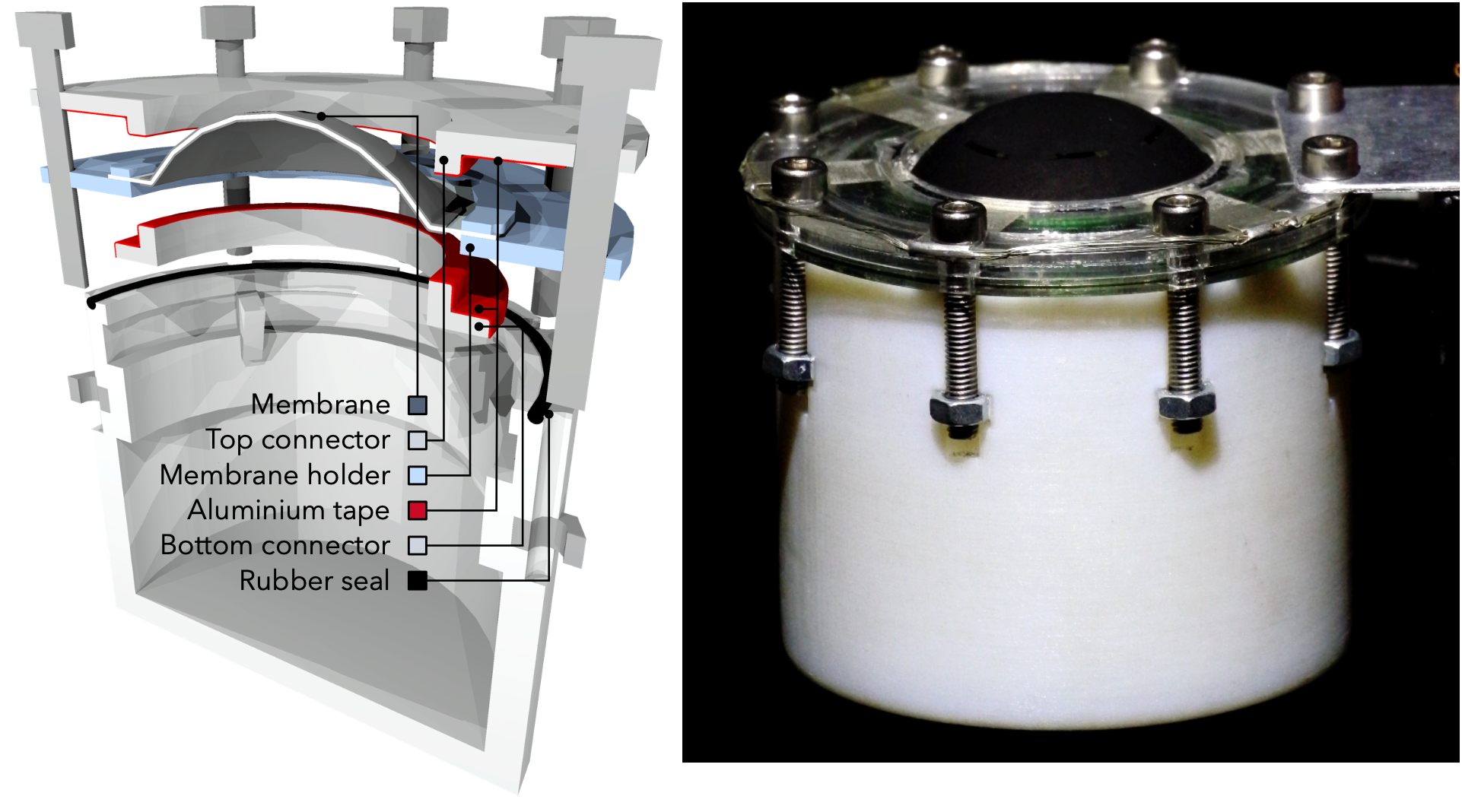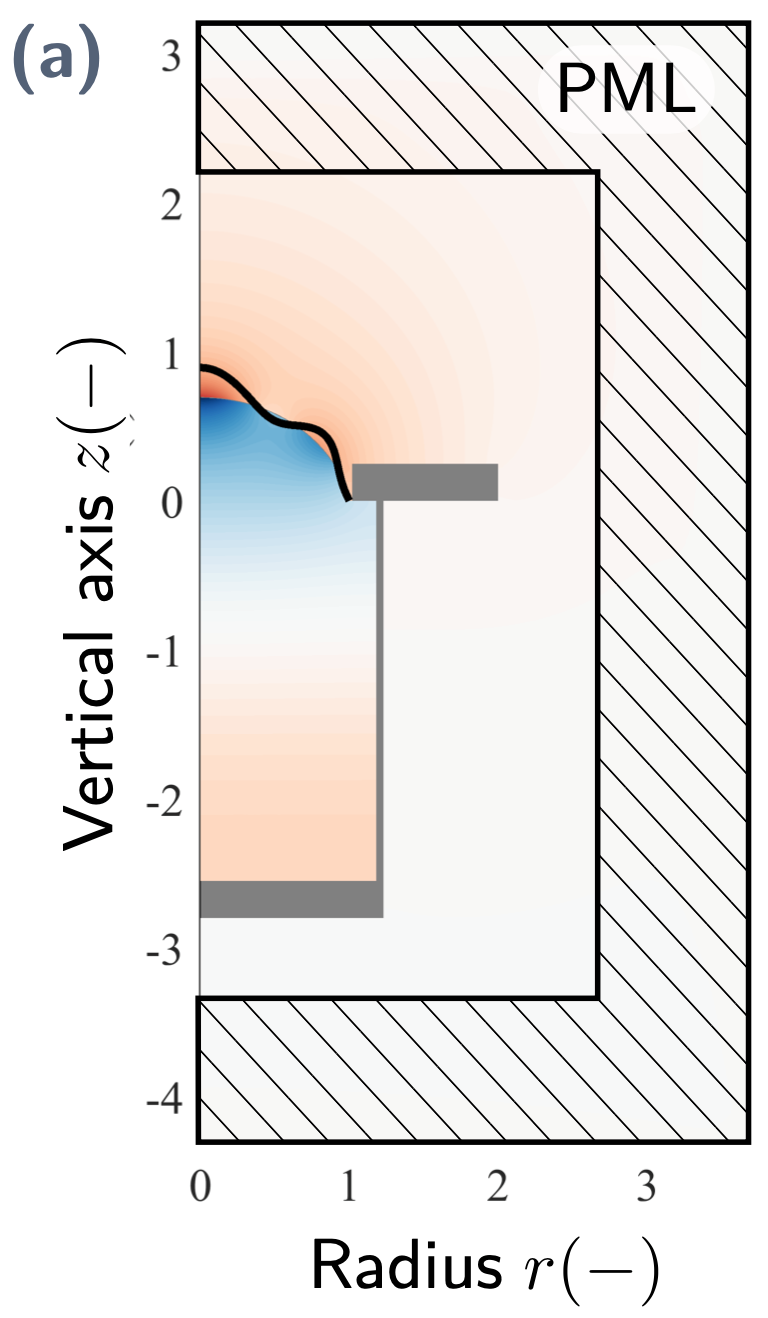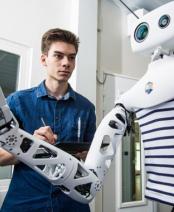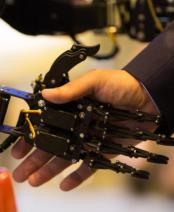Why pursue a PhD at the Institut Polytechnique de Paris? Emil Garnell shares his thoughts and experience

After a preparatory course at the Lycée Lakanal in Sceaux, Emil Garnell entered the École Polytechnique in 2013 and then left in his 4th year to follow a double degree in acoustics in Sweden at KTH.
"During this master's degree, I wanted to gain more in-depth knowledge about the subject and feel I really mastered the area. The doctoral thesis was the best way to achieve this. After contacting a number of laboratories in France, I finally chose to do my thesis at the Institut Polytechnique de Paris, in the Mechanics Unit of ENSTA Paris, for two reasons. Firstly, I already knew Olivier Doaré, since he is a lecturer at the École Polytechnique, and I had carried out two projects with him that had gone very well. Secondly, the subject was particularly interesting, with components in mechanics, acoustics and multiphysics modelling. I finally chose the option that guaranteed me both the interest of the subject and the quality of the supervision. »

Emil Garnell's thesis was on a new type of loudspeaker. The models dominating the market today are of the electrodynamic type, with a coil and a magnet. They reproduce sound by transforming electrical signals into acoustic waves in the following way: the coil is crossed by an electric current coming from the amplifier. The magnetic field of the magnet generates an electromagnetic force acting on the coil, which, as it moves, drives a membrane that causes the air to vibrate up to our ears. The main limitations of these loudspeakers are the size and weight of the permanent magnet, and their rigidity. Flexible speakers could, for example, be integrated into clothing.
Emil Garnell's thesis work consisted precisely in studying another principle allowing sound to be made using a much simpler mechanism: active elastomer membranes that inflate and deflate when an electrical voltage is applied to them. No more coils, no more magnets, fewer resources required, thus resulting in thinner, lighter, and finally more flexible speakers.
"The aim of my thesis was to set up models to describe the acoustic radiation and vibrations of these structures, in order to try to optimise them and make them into proper loudspeakers. We managed to obtain fully functional prototypes."
For his thesis, Emil Garnell spent three years on the campus of the Institut Polytechnique de Paris at the Centre de l'Yvette, where the Mechanics Unit of ENSTA Paris is located. "I very much appreciated the pleasant atmosphere that prevailed between doctoral students and teacher-researchers. The supervisors were really accessible, their doors were always open, and it was easy to go and ask for advice from the different researchers, whether it be my supervisors or not. At the experimental level, I was lucky enough to benefit from the anechoic chamber of the Mechanics Unit, a rather rare piece of equipment because it is mounted on suspensions to filter out parasitic vibrations and is fitted with special coatings. Without this equipment, my thesis work would have been simply impossible. This was also the case for many of the measurement devices, including a scanning laser vibrometer, which is indispensable for vibration research. »

With his PhD from the Institut Polytechnique de Paris in hand, Emil Garnell was soon recruited by Devialet, a French company renowned throughout the world for its innovations in sound. This jazz lover, himself a drummer, now devotes his days to finding the best way to reproduce the original purity of sound as faithfully as possible.













